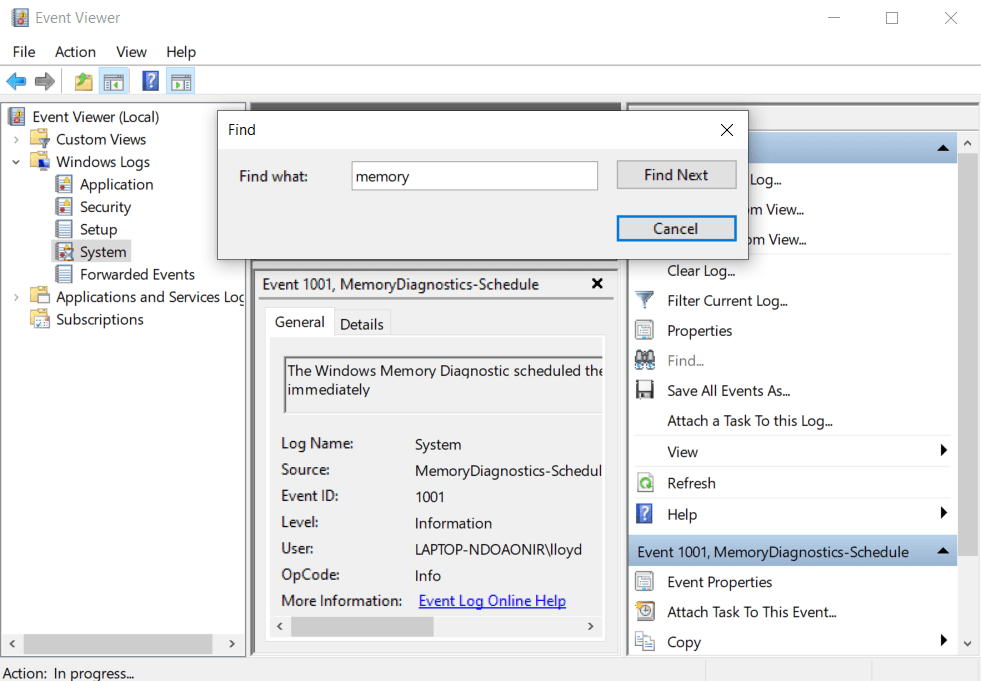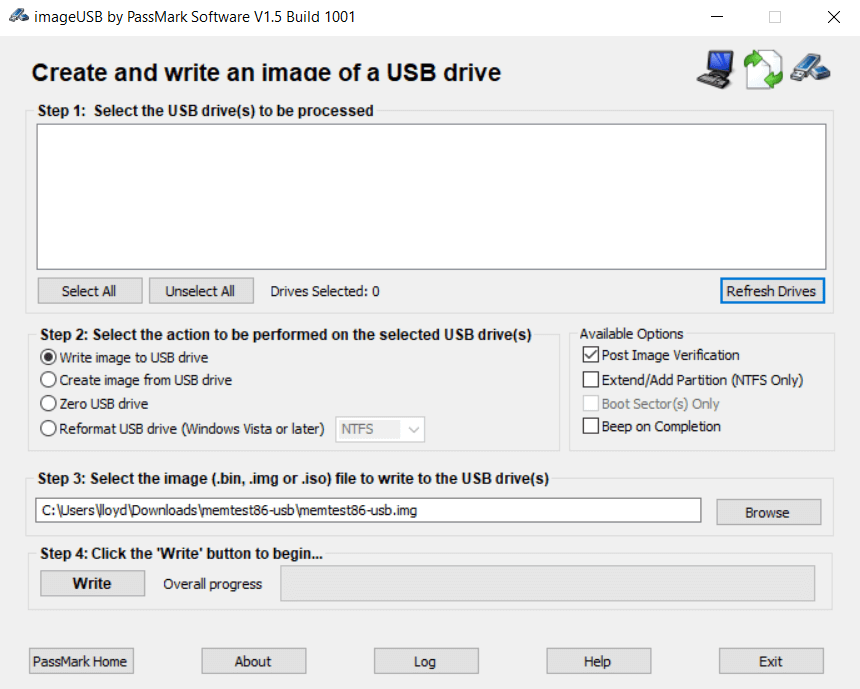


Users generally started the program from the DOS Command Prompt using the command MSD.EXE. Since NT 5 ( Windows 2000), WINMSD.EXE has been a loader for MSINFO32.EXE. WINMSDP.EXE, included in the resource kits, provides the print functionality of MSD for WINMSD. However, the DOS/Windows specific functions were replaced by similar Windows NT concerns.

Windows NT 3 and NT 4 have WINMSD, a program with similar features. Because OS/2 and Windows NT contain code forked from DOS at the DOS 5 level, the versions of MSD included here correspond to that of that era (i.e. MSD first shipped with Microsoft Word for Windows, and was later included in Windows 3, MS-DOS 6, and on the Windows 9x CD-ROMs.


 0 kommentar(er)
0 kommentar(er)
